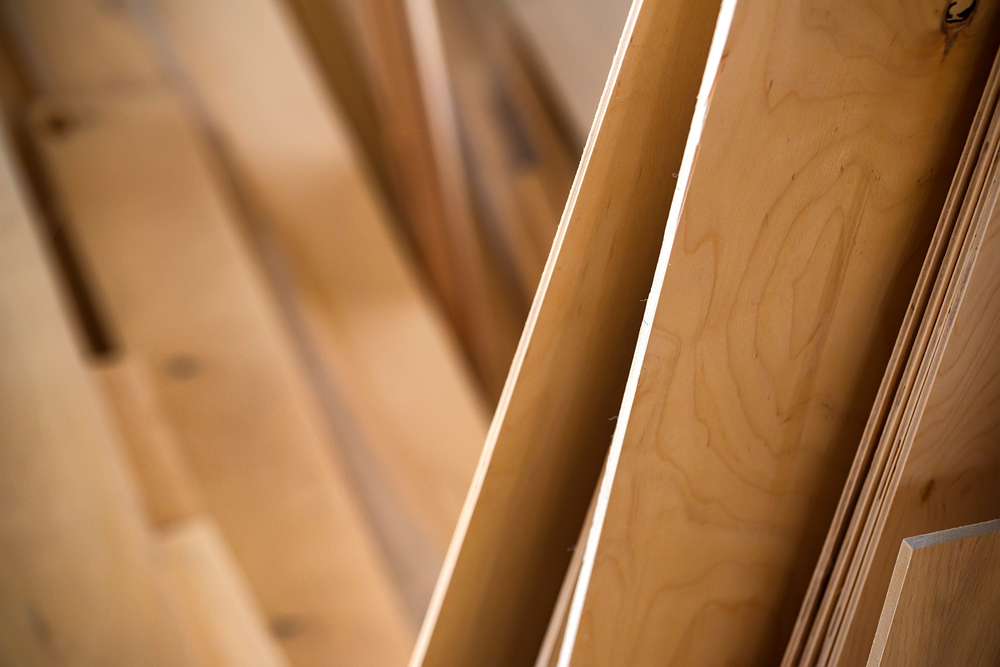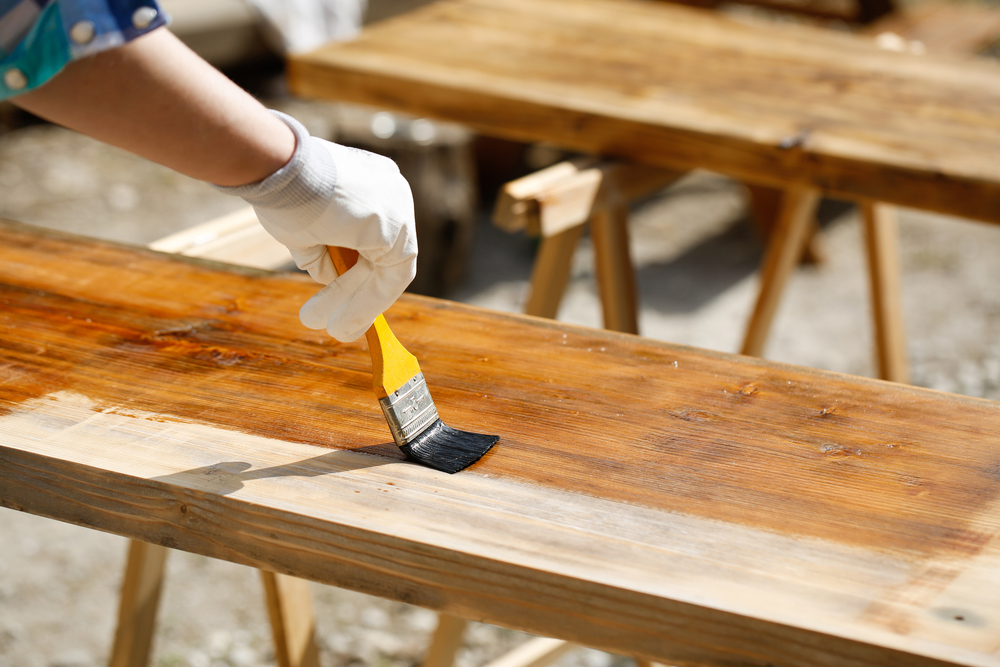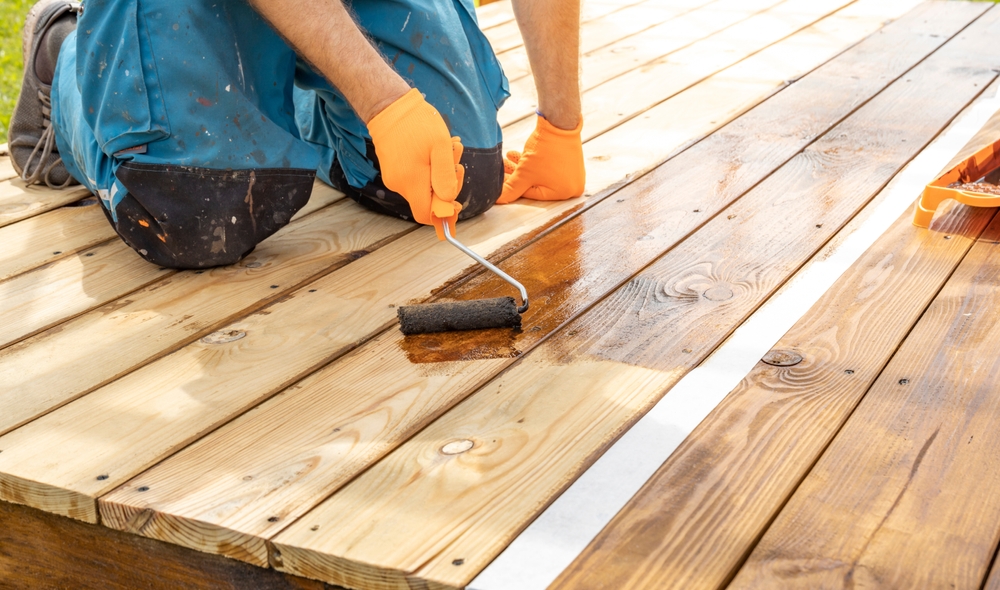Understanding Rotten Wood
Wood has been a foundational material for human civilization. Its utility ranges from building homes to crafting tools. However, like all natural materials, wood can deteriorate. One prominent form of deterioration is rotting. Understanding how wood rots can help in its preservation and maintenance.
What Causes Wood to Rot?
Wood rot is primarily caused by fungi. These fungi need three elements to thrive: moisture, warmth, and oxygen. Without any of these, fungi cannot invade wood. When wood remains wet for too long, it becomes a breeding ground for fungal growth. Fungi digest the cellulose and lignin in wood, compromising its structure.
Over time, this biological process breaks down wood into nutrients. This decomposition is essential in ecosystems as it recycles nutrients back into the soil. However, in human environments, it can cause significant damage.
Types of Wood Rot
There are three primary types of wood rot: brown rot, white rot, and soft rot. Each affects wood differently based on the particular fungi involved.
- Brown Rot: Often referred to as dry rot, this type of rot can shrink the wood, causing it to crumble. The fungus primarily targets cellulose, leaving behind a brown residue that maintains the original shape of the wood.
- White Rot: White rot fungi break down both cellulose and lignin. The wood has a bleached look and appears fibrous. The degradation happens slowly, and the wood feels spongy in places.
- Soft Rot: This occurs less frequently. It attacks the wood’s outer surface rather than the interior. Soft rot fungi can work at lower temperatures and moisture levels than other fungi.
Identifying Rotten Wood
Identifying wood rot early can prevent further damage. Look for discoloration, including white, brown, or black hues. Check for softness—wood that feels spongy or crumbles easily is a red flag. A damp or musty smell often accompanies wood rot. Visible fungi may also appear on the wood surface.
Structural changes can signal issues. Warping or sagging wood should be inspected promptly. Tap wood with a tool; hollow sounds indicate compromised integrity.
Preventing Wood Rot
Prevention hinges on reducing wood’s exposure to moisture. Ensure proper drainage in outdoor environments. Gutters and downspouts should direct water away from structures. Use treated wood for outdoor applications. It resists moisture and fungal infiltration better than untreated wood.
Apply protective finishes like paint, stain, or sealant. These can create a barrier against moisture. Regular maintenance extends wood’s life. Clear debris from wood surfaces, especially when it holds moisture. Ventilation is key for indoor wood. Reducing humidity levels helps keep wood dry. Install vapor barriers where necessary.
Repairing Wood Rot
When wood rot is detected, acting quickly can limit damage. Remove the rotten wood material. It’s important to eliminate all rot to prevent further spread. For small damage, wood filler or epoxy can restore structural integrity. These materials can harden to support weight and can be sanded, painted, or stained to match the original appearance.
Replace severely damaged pieces. New, treated wood should take the place of rotting segments. Ensure the new wood is resistant to the initial moisture problems. Remember to apply a protective finish to any repaired areas.
Environmental Impact of Wood Rot
The decomposition process releases carbon dioxide. In nature, this is a critical step in the carbon cycle. Rotting trees in a forest enrich the soil and provide habitats for various organisms. This natural cycle supports a healthy ecosystem. However, excessive wood rot due to climate factors can increase atmospheric carbon levels.
Historical Perspective on Wood Rot
Evidently, wood rot has challenged humanity for centuries. Old buildings show the marks of time where wood supports have weakened. Archeological sites reveal the efforts to manage wood degradation. Ancient techniques such as using natural oils and resins highlight the perennial battle against rot.
Improvements in preservatives over time show how human ingenuity continues to combat wood decay. Despite technological advances, the battle against wood rot remains ongoing.
Scientific Study of Wood Rot
Research into the fungi responsible for wood rot contributes to biotechnology. Fungal enzymes can break down lignin, a challenging task for the biofuel industry. Understanding these processes opens new avenues for converting plant material into energy.
Studies on genetic manipulation aim to enhance fungal efficiency. This biotechnological potential underscores the value of studying even destructive natural processes.






